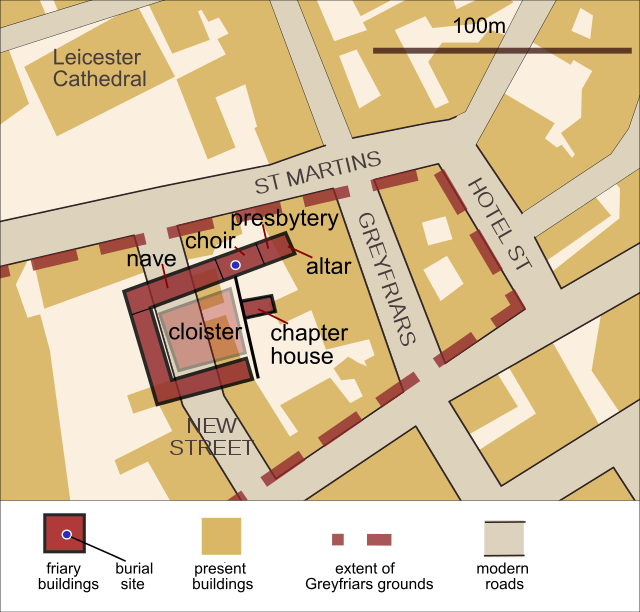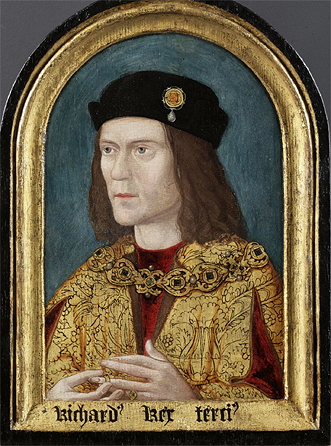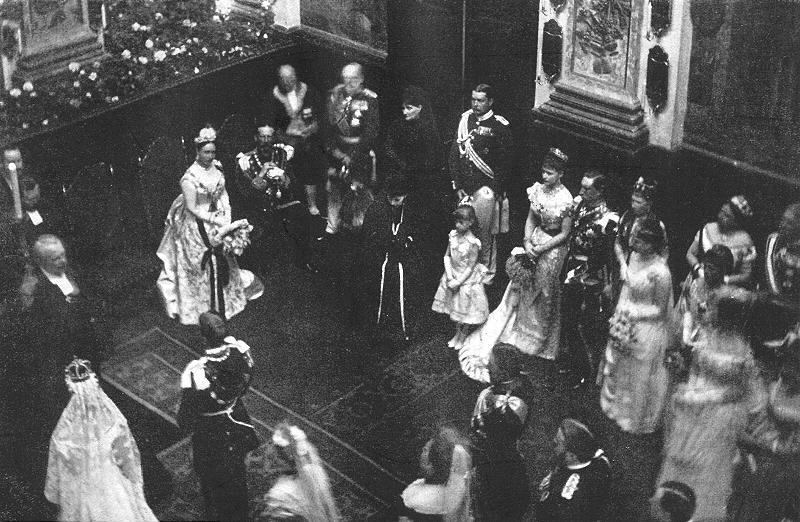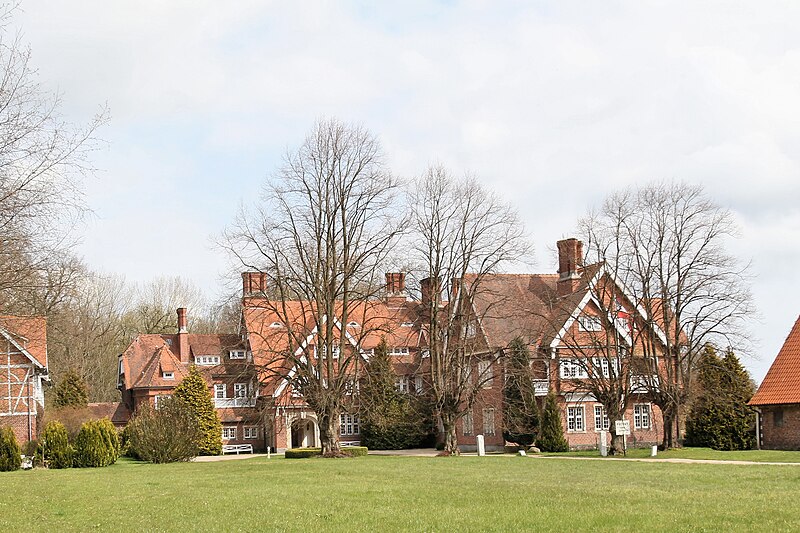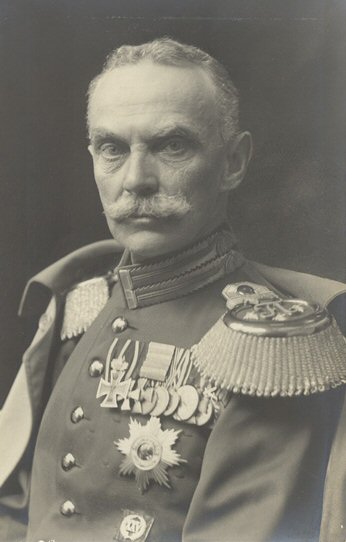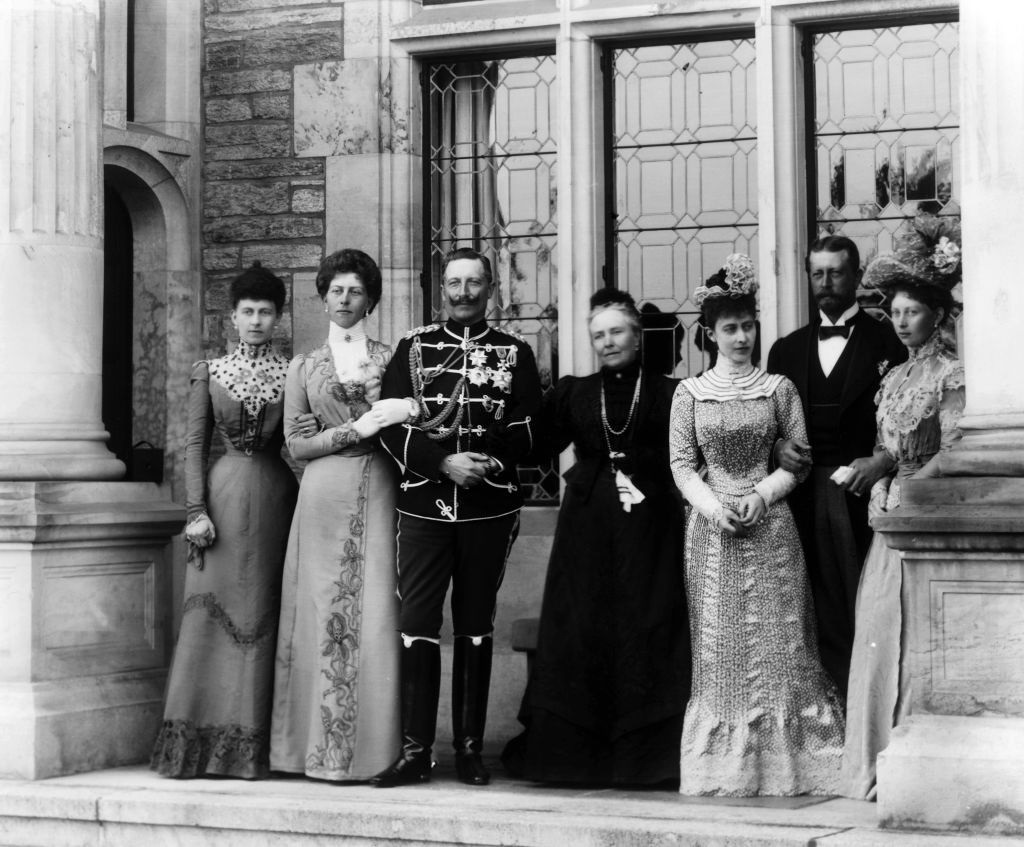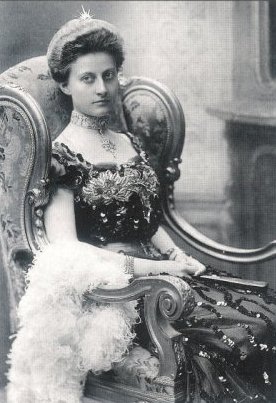by Susan Flantzer © Unofficial Royalty 2015

Princess Sophie of Prussia, Queen of Greece; Credit – Wikipedia
A granddaughter of Queen Victoria, Sophie Dorothea Ulrike Alice was born a Princess of Prussia at the Neues Palais in Potsdam, Kingdom of Prussia (now in Brandenburg, Germany) on June 14, 1870. Sophie was the seventh of the eight children of Friedrich III, German Emperor and Victoria, Princess Royal (Vicky). Her mother was particularly close to her three youngest daughters and called them “my three sweet girls.” Sophie had four brothers and three sisters.
- Wilhelm II, German Emperor (1859 –1941) married (1) Princess Auguste Viktoria of Schleswig-Holstein, had issue (2) Princess Hermine Reuss of Greiz, no issue
- Charlotte (1860 –1919) married Bernhard III, Duke of Saxe-Meiningen, had issue
- Heinrich (1862 –1929) married his first cousin Princess Irene of Hesse and by Rhine, had issue
- Sigismund (1864-1866), died young from meningitis
- Victoria (1866 – 1929) married (1) Prince Adolf of Schaumburg-Lippe, no issue (2) Alexander Zoubkov, no issue
- Waldemar (1868 – 1879) died of diphtheria at age 11
- Margaret (1872 –1954) married Prince Friedrich Karl of Hesse, had issue

Sophie around 15 years old; Photo Credit – Wikipedia
Sophie grew up at her parents’ two residences, Neues Palais in Potsdam and Kronprinzenpalais in Berlin, both in the Kingdom of Prussia and now in Brandenburg, Germany. As her mother was English, Sophie was raised with a love of all things English and frequently visited her grandmother Queen Victoria. On one of these visits Sophie became acquainted with Crown Prince Constantine of Greece, known as Tino. During the summer of 1887, many European royals were in England to celebrate Queen Victoria’s Golden Jubilee. Queen Victoria observed a relationship developing between her granddaughter Sophie and Constantine and was pleased. Constantine was not very bright, but as Queen Victoria wrote to Sophie’s mother, “a good heart and a good character…go far beyond cleverness.”
The couple became engaged shortly after Sophie’s father died in 1888. Despite having the approval of Queen Victoria and her eldest brother Wilhelm, now the German Emperor, Sophie did not have the wholehearted agreement of her mother. Vicky dreaded sending Sophie so far away, and she thought the stability of the Greek throne was uncertain and the country underdeveloped. Nevertheless, Sophie and Constantine married on October 27, 1889, in Athens, Greece. They had a Greek Orthodox service at the Metropolitan Cathedral of the Annunciation and then a Lutheran service in the private chapel of King George I of Greece. Constantine’s father had been Prince William of Denmark before he was elected King by the Greek National Assembly, and had retained his Lutheran faith.

Engagement Photo 1889; Photo Credit – Wikipedia
Sophie and Constantine had six children and there was a twenty-three-year age gap between their eldest child and youngest child. The Greek, Romanian, Serbian, and Spanish Royal Families descend from their marriage. Sophie’s granddaughter Princess Sophia of Greece via her son King Paul of Greece was named after her. Sophia married King Juan Carlos of Spain and her name was changed to the more Spanish, Sofia. Queen Sofia of Spain’s younger granddaughter via her son King Felipe VI of Spain is also named Sofia.
Sophie and Constantine’s children:
- King George II of the Hellenes (1890 – 1947), married Princess Elisabeta of Romania, no children, divorced
- King Alexander of the Hellenes (1893 – 1920), married Aspasia Manos, had one daughter
- Princess Helen of Greece, Queen Mother of Romania (1896 – 1982), married King Carol II of Romania, had one son, divorced
- King Paul I of the Hellenes (1901 – 1964), married Princess Frederica of Hanover, had two daughters and one son King Constantine II of Greece
- Princess Irene of Greece, Duchess of Aosta (1904 – 1974), married Prince Aimone, Duke of Aosta, had one son
- Princess Katherine of Greece, The Lady Katherine Brandram (1913 – 2007), married Major Richard Brandram, had one son

Photo circa 1910, Top left: Constantine holding Irene, Top right: the future George II, Left: Sophia, Center: Helen, Right: the future Alexander I, Front: the future Paul I, Katherine is not yet born; Photo Credit – Wikipedia
In 1890, Sophie decided to convert to the Greek Orthodox faith. She was summoned by Augusta (known as Dona), the wife of her brother, Wilhelm II, German Emperor, who told Sophie that not only would Wilhelm find her conversion unacceptable, but she would be barred from Germany and her soul would end up in hell. Sophie replied what she did was her own business. Augusta became hysterical and gave birth to a premature son Prince Joachim. After the birth, Wilhelm wrote to his mother saying that if baby Joachim had died, Sophie would have murdered him. On the advice of her mother, Sophie ignored her brother, and gradually, the relationship between the siblings returned to normal.
While Crown Princess and later as Queen, Sophie cared intensely about healthcare, hygiene improvements, the school system, and the creation of employment opportunities for women through the promotion of arts and crafts. On March 18, 1913, Constantine’s father King George I was assassinated and Constantine acceded to the Greek throne as King Constantine I.
At first, Constantine was a popular king because of his success in the war against Turkey and Bulgaria. At the outbreak of World War I in August 1914, Greece remained a neutral nation. However, Greece had signed a treaty with Serbia in 1913 obliging Greece to come to Serbia’s aid if attacked by Bulgaria. Bulgaria did attack Serbia, disagreements arose between King Constantine and the Greek Prime Minister, the King was accused of pro-German sentiments, and he was forced to abdicate in 1917. Constantine, Sophie, and their family went into exile in Switzerland.
Crown Prince George, was also suspected of collaborating with the Germans, so it was the second son Alexander, who succeeded his father on the throne. In 1920, Alexander died of blood poisoning as a result of a monkey bite, and the third son Paul was asked to take over the throne. After Paul declined, Constantine was brought back after a change of government and a referendum allowing his return from exile. Constantine was welcomed enthusiastically by the Greek people but the enthusiasm did not last long. After a defeat in a war against Turkey in 1922, Constantine was forced to abdicate a second time and again go into exile. The crown went to his eldest son George, who reigned until 1925 when he was forced to abdicate. He was restored to the throne in 1936 and reigned until his death in 1947 when his younger brother Paul became king. Thus, all three sons of Sophie became Kings of Greece. Constantine died in 1923 in Palermo, Italy from a brain hemorrhage at the age of 54.

Greek royal family in 1921, From left: Princess Irene, Queen Sophia, King Constantine I of Greece, Princess Helen (later Queen of Romania), Carol, Crown Prince of Romania (Carol II), and Prince Paul of Greece (Paul I); Photo Credit – Wikipedia
Sophie spent her last years at her villa in Florence, Italy. She died at the age of 61, on January 13, 1932, in Frankfurt am Main, Germany, where she had been undergoing treatment for cancer. Sophie was buried alongside her husband in the Greek Orthodox Church in Florence, Italy. In November of 1936, after the restoration of the monarchy, the remains of Sophie and Constantine were transferred to Greece and buried in the mausoleum at the Royal Cemetery at Tatoi Palace near Athens, Greece.

Tomb of Queen Sophie; Photo Credit – Wikipedia
This article is the intellectual property of Unofficial Royalty and is NOT TO BE COPIED, EDITED, OR POSTED IN ANY FORM ON ANOTHER WEBSITE under any circumstances. It is permissible to use a link that directs to Unofficial Royalty.
Greece Resources at Unofficial Royalty




